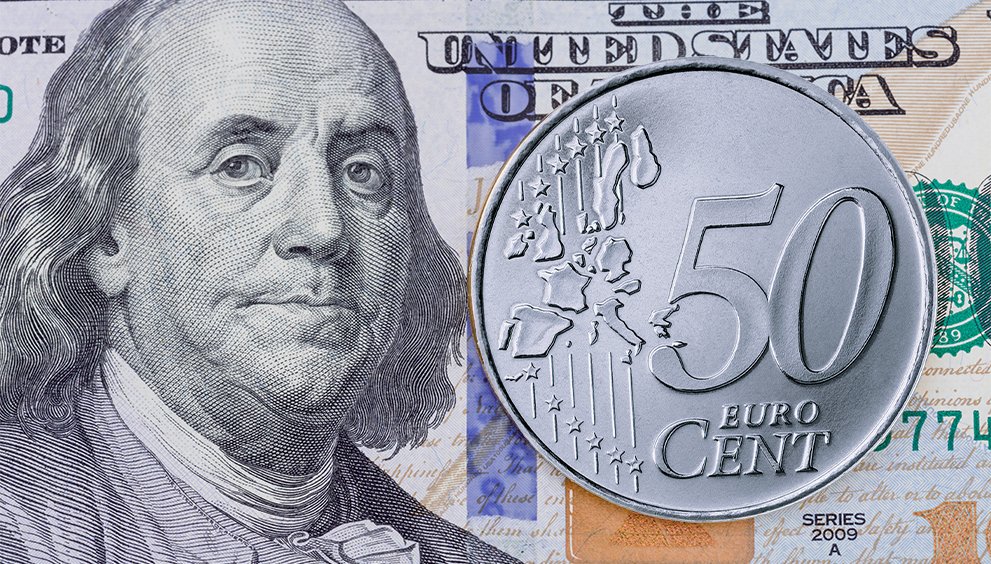RBNZ Cuts Interest Rates: What’s the Future of NZD?

The Reserve Bank of New Zealand (RBNZ) has reduced its official cash rate by 25 basis points to 3.5%, aligning with market anticipation, marking its fifth rate reduction since it began an easing cycle in mid-2024. In the statement issued following the RBNZ policy meeting, the bank noted that “Economic activity in New Zealand has evolved largely as expected since the February Monetary Policy Statement. Higher-than-expected export prices and a lower exchange rate have supported primary sector incomes and overall economic growth. While monetary restraint has been removed at pace, household spending and residential investment have remained weak. Having consumer price inflation close to the middle of its target band puts the Committee in the best position to respond to developments.” Regarding the current trade tariff concerns, the bank explained, “As the extent and effect of tariff policies become clearer, the Committee has the scope to lower the OCR further as appropriate. Future policy decisions will be determined by the outlook for inflationary pressure over the medium term.”
Geopolitical risks, cautious market sentiment stemming from the trade tariffs and concerns over stagflation have been crucial factors influencing the RBNZ’s monetary policy outlook. Let’s examine the key factors influencing the Reserve Bank of New Zealand (RBNZ) interest rate decision:
Global Trade Concerns – Trump’s Reciprocal Tariffs
On April 2, so-called “Liberation Day,” President Trump imposed a 10% baseline tariff on all imports entering the USA, including from New Zealand. These new tariffs resulted in a loss of export revenue of around $900 million per annum, or 0.2% of GDP. It also added the risk of economic slowdown and rising inflationary pressure within the domestic economy.
On the global front, the recent escalation in U.S.-China trade tensions has undermined the Kiwi, as China is a major trading partner of New Zealand. In response to the tariff imposition by the USA on Liberation Day, China retaliated with a 34% tariff on all U.S. imports, effective April 5. The Chinese Ministry justified the retaliation with comments that China is prepared with a response, as it’s not just about the economy but also about sovereignty in the global economy. China’s retaliation worsened global trade concerns amid Trump’s comments, which hinted at an escalation with the potential for a 50% tariff on Chinese goods if China did not retract its retaliatory tariffs by April 8, 2025. On April 9, China raised tariffs on U.S. goods to 84% and restricted US companies’ work within Chinese territories in response to US President Donald Trump’s 104% tariffs on Chinese goods.
Economic Indicators
The recent economic data from New Zealand showcased that the economy expanded by 0.7% in the December 2024 quarter, indicating a modest recovery; however, it remains way below the projected 1.9% growth in 2025. While the RBNZ reduced the official cash rate to 3.50%, the annual consumer price inflation numbers remain within the central bank’s 1 to 3% target. Fears of recession affected labour market conditions, increasing the unemployment rate from 3.6% to 5.4%. The recent tariffs have affected household spending and residential investment sentiment, as household spending grew by 0.8% to NZD 60.9 billion.
While inflationary pressures appear to be cooling, recent trade concerns and persisting challenges in the labour market have taken a toll on overall economic activity, showcasing the slower growth outlook. In response to the data, the Reserve Bank of New Zealand (RBNZ) reduced its official cash rate by 25 basis points with the intent to stimulate domestic economic activity.
While the ongoing trade tensions have highly influenced the RBNZ’s monetary stance, the policy meeting minutes strongly emphasised that upcoming policy decisions will be focused on inflation numbers. It also clarified that the tariff’s impact on the economy is not yet clear, and any further clarity on its effects will undoubtedly guide the policy outlook.
New Zealand Dollar 2025 Outlook:
In 2025, the New Zealand Dollar will be driven by domestic economic performance and ongoing global trade concerns stemming from recent U.S. tariff policies. Market speculation is that the Reserve Bank of New Zealand (RBNZ) will continue the policy easing approach with an additional rate reduction in the upcoming policy meeting, adding pressure on the Kiwi. While the rate reduction is intended to stimulate economic activity, it could also spark inflationary pressure within the economy. In 2025, Trump’s tariff policies may act as a headwind for New Zealand’s export performance.
NZD/USD edged higher following the Reserve Bank of New Zealand (RBNZ) decision to reduce the Official Cash Rate (OCR) to 3.50%. While the softening inflation figures, slowing economic growth, and early signs of labour market weakness could prompt expectations for a steady policy outlook, intensifying global trade tensions could pave the way for an additional interest rate reduction. On the other hand, persistent US-China trade tensions create a cautious market mood, increasing the demand for safe-haven currencies and supporting the demand for the greenback. In the upcoming weeks, the central bank’s decisions, US economic data, and rising concerns over a trade war between the US and China will guide the NZD/USD exchange rate.
AUD/NZD gained ground after the Reserve Bank of New Zealand (RBNZ) delivered a 25 bps rate reduction, bringing the Official Cash Rate (OCR) to 3.50%. Meanwhile, a further escalation of the US-China trade war is keeping traders from placing aggressive bullish bets on the Australian Dollar (AUD) and limiting the upside for spot prices. In the upcoming sessions, apart from the domestic economic data from both regions, the People’s Bank of China (PBOC) monetary policy outlook and global trade tensions stemming from U.S. tariff policies will be key drivers for the AUD/NZD exchange rate.
In conclusion, the performance of the NZD in 2025 will include striking a balance between external pressures from trade disputes and global economic conditions, and domestic policy attempts to stimulate the economy (via interest rate reductions). The currency will probably fluctuate in response to changes in the appetite for risk throughout the world and the state of the New Zealand economy.
Want to know what affects the US dollar rates in 2025? Tap here.


 English
English 



























































































